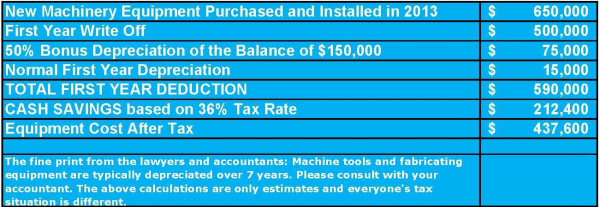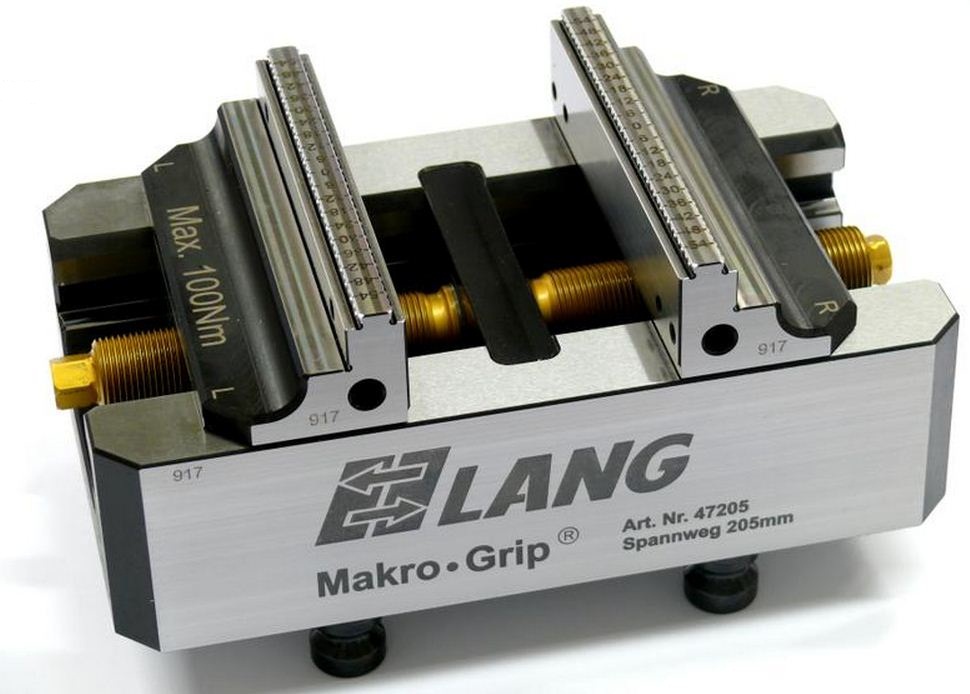CNC Lathe Chuck Stroke Indicator
When running a CNC lathe, making sure your part is securely clamped in the jaws of your chuck is vitally important. To be sure we have the maximum force allowable, we need to ensure that the part is fully clamped while the chuck jaws are in the center of their travel and not too close to either the fully open or fully closed state.
We recently released a YouTube video about properly setting the clamp/unclamp sensors for your CNC lathe, but checking the stroke limits and clamp location within those limits is more visual and something that you would want to verify before setting the proximity sensors discussed in that video.
On the face of most CNC lathe chucks, you will see a visual scale or indicator that allows the operator to verify that they have their part clamped within a safe region of the stroke. This indicator is usually located on the face next to the #1 chuck jaw (see FIG 1a).

This indicator has two straight lines on the outer most edges of the marking, which indicate the full stroke limits of the chuck and a “U” shaped area within those marks. This “U” shaped area is the safe clamping section of the stroke limit.
The way you use this indicator is simple. With the chuck jaws fully opened, find the jaw serration that lines up closest to the top straight line (Fig 1b). This serration will be what we use to indicate where the part is clamped within the stroke limit. If you close the chuck, that same serration should land near the bottom straight line, indicating the full stroke limits of the chuck (Fig 1c).


When you have the part clamped properly, the serration we are using to mark the stroke location when clamped will fall somewhere within the “U” shaped area of the stroke limits of the chuck (Fig 1d).

With the part safely clamped within the safe clamping zone of the chuck stroke limit, you can now run your parts. Now that the clamping zone has been established, you can verify the clamp/unclamp sensors that we discussed in the previous video.
You'll find more helpful resources, such as training videos and webinars, at Hurco Connect.
Don't forget to subscribe to the CNC Machining Blog! You'll receive an email notification whenever a new post is published.



